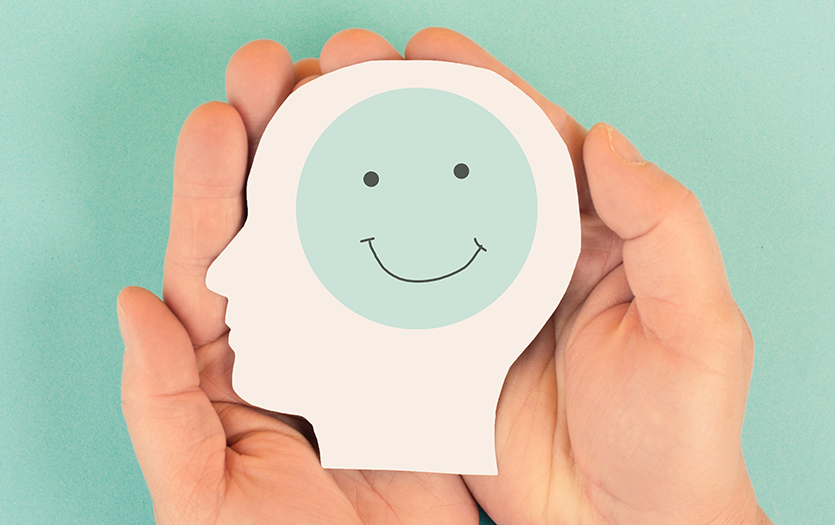
At some point, we’ve all felt tired or sleepy and experienced the effects of the afternoon slump that has us questioning if an extra episode of our favorite show was really worth it. But when your symptoms of fatigue and sleepiness start to interfere with your daily life, it could be a sign of something more. Srinivasan Devanathan, MD, PPG – Sleep Medicine, shares the specifics of a rare, underdiagnosed sleep disorder known as idiopathic hypersomnia, how it differs from narcolepsy and where those suffering can turn for help.
What is idiopathic hypersomnia?
Idiopathic hypersomnia (IH) is a rare chronic sleep disorder that causes people to feel very sleepy (excessive daytime sleepiness) even after a full night of rest. Furthermore, patients with IH cannot stay awake and alert most of the day, significantly impacting their family, social and professional life. IH is about one-tenth to half as common as narcolepsy and affects roughly 20 to 50 cases per million.
How is IH different from other neurologic disorders?
IH is on a spectrum of its own under the category of central disorders of hypersomnolence, which also includes narcolepsy and other conditions that cause excessive daytime sleepiness. However, IH is a disorder where there is not a specific chemical in the brain that you can relate to, unlike individuals diagnosed with narcolepsy who have a deficiency or low levels of orexin, a chemical in the brain that helps regulate wakefulness.
People with IH tend to take very long naps, but when they wake, they’re unrefreshed and often left wondering why they even took a nap. That is a stark contrast to the narcoleptic group, who can typically take naps which are usually short, refreshing and commonly referred to as power naps. People suffering from IH do not recover from a nap and end up waking up groggier.
What are the warning signs and symptoms of IH?
IH is a chronic and debilitating disorder due to the extreme daytime sleepiness it causes. In many instances, IH develops gradually, appearing in the teenage years or early 20s, and, by the time they seek treatment, is usually something a person has been dealing with for several years. We typically end up seeing patients for IH, which is often mistaken for other illnesses, such as depression or sleep apnea.
Along with excessive daytime sleepiness, people with IH may:
- Sleep excessive amounts every day, including unrefreshing naps (2-3 hours long), and still feel unrested after waking
- Display sleep drunkenness in the form of extreme disorientation, drowsiness and cognitive impairment
- Have difficulty waking up and feel very groggy for long periods
- Experience brain fog or are unable to focus for long stretches
- Have an irresistible impulse to sleep
What are the common causes of the disorder?
Unfortunately, a true cause has not been identified yet, which is why it’s called “idiopathic.” The disorder is not well understood, and there are still many unknowns.
How do you typically diagnose someone with IH?
With IH, it is a diagnosis of exclusion, meaning we reach our answer through a process of elimination. We begin this by getting a detailed health history, reviewing their list of medications, performing screenings for depression, and asking a variety of questions regarding their symptoms to determine if they are experiencing tiredness, sleepiness, fatigue or hypersomnia. This distinction is important because there is some overlap, and many often use these same terms loosely or interchangeably to describe how they’re feeling.
Once we have done the preliminary workup, we ask the patient to maintain a sleep log and/or monitors that help assess their total sleep times. This allows us to see what’s happening on a typical day for them and helps us identify possible issues or trends. Eventually, we move on to a nighttime sleep study done during their traditional sleep cycles, and a daytime nap test which involves a succession of nap observations as a continued period of testing at our sleep center. This helps us rule out any sleep-related breathing disorders and further categorize their daytime sleepiness intensity to differentiate among the central disorders of hypersomnolence. So, by utilizing a combination of tools and gaining a better understanding of a patient’s symptoms, we can, in most cases, make a diagnosis of those living with IH.
What are the current treatment options for someone with IH?
In the past, we couldn’t do much for patients with IH. Behavior modifications rarely worked because they never felt rested in spite of long sleep hours and naps made them feel worse. Currently, with FDA approvals, there is a growing list of medications that help promote an increased amount of wakefulness. While options are still limited, there is some hope on the horizon for those dealing with this rare disorder.
Where can someone turn for more help?
If you or a loved one feel sleepy or fatigued, despite having 7-8 hours of sleep, it could indicate poor sleep quality or be a sign of an underlying sleep disorder. If you have questions or concerns about your sleep health, please speak with your primary care provider. You may benefit from a consultation with a Sleep Medicine physician.



